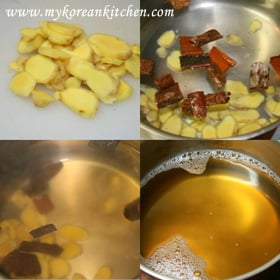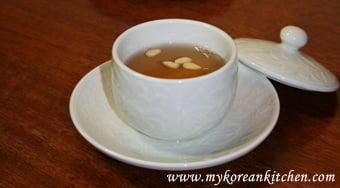Microwave Instructions: we have tried this method and highly recommend it.
1 cup Quinoa,
2 cups water in a 2 quart microwave bowl.
Cook on high 100% for 5 minutes and 60% for 8 minutes.
Let stand for a few minutes and voila, perfect Quinoa.
For an energy saving method,
combine 1-cup water to each
½ cup of quinoa in a pan.
Bring to a full boil for 5 minutes,
and then set aside, covered for 15 minutes.
http://www.quinoa.net/181.html
MISC 'DR' INFOs-
Quinoa is a complete protein supplying all eight of the essential amino acids and is a good source of fiber, folate, magnesium, iron, phosphorous and many phytochemicals.
It has a mild, nutty flavor, a fluffy texture similar to couscous and it can be used in place of rice, pasta or other grains. Serve quinoa for breakfast in place of hot cereal, as a salad or a side dish. One cup provides five grams of fiber and contains over 200 calories.
A very good source of magnesium and manganese, quinoa contains thrice as much magnesium as calcium. It is also a very fine protein source and possesses healthy levels of vitamins B2, vitamin E, and dietary fiber. It is also a good source of the minerals iron, phosphorous, copper, and zinc.
Quinoa is a fantastic wheat- and gluten-free choice, probably the least allergenic of the grains. Like buckwheat, quinoa has an excellent amino acid profile, not only because of its absolute high protein content but also because it contains all the essential amino acids. Quinoa is an excellent protein source for vegans.
Quinoa, like soy is a complete plant protein because it contains all 8 essential amino acids. It is a good source of magnesium, which plays a role in relaxing blood vessels. Potassium, a key mineral in heart health is also present in good quantities in Quinoa. It also contains fiber, which aids with digestion. Be sure to include this nutritional powerhouse in your diet whenever possible.




